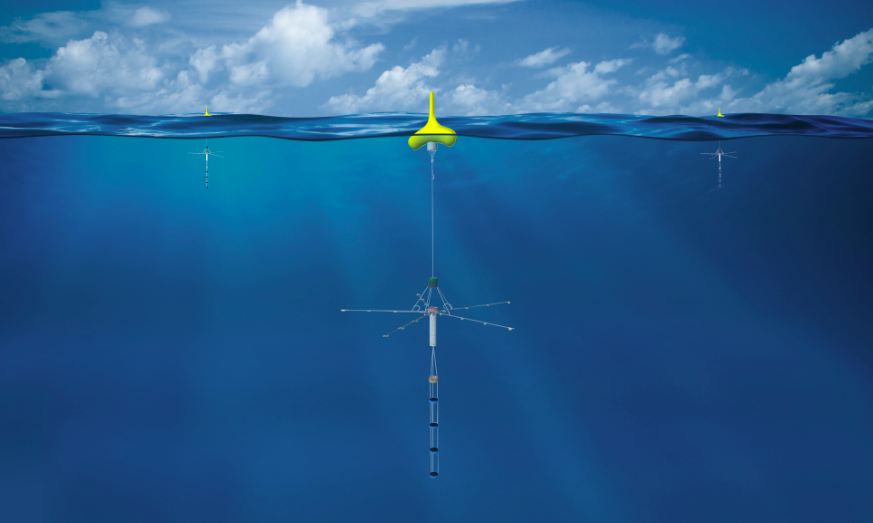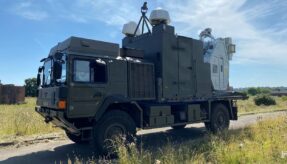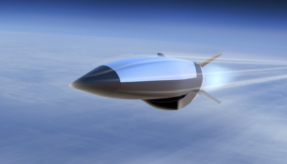
The French Navy has selected the SonoFlash new-generation sonobuoy from Thales.
Thales developed the SonoFlash buoy, a new-generation sonobuoy with an unequalled performance-to-mass ratio that builds on decades of expertise in sonars and acoustic sensors to offer an ambitious new solution.
Its innovative design and advanced technology include a number of key features to deliver unrivalled performance. Today’s sonobuoys are either passive or active. By contrast, the SonoFlash buoy offers the best of both modes, combining a powerful, optimised low-frequency transmitter with a high-directivity passive receiver. With the combination of these two capabilities, and the added advantage of long endurance, the SonoFlash buoy is suitable for a wide array of deployment scenarios.
Fully compatible with the other families of Thales sonars, the SonoFlash buoy offers high tactical flexibility and opens up promising new opportunities for multistatic operation. Coupled with the FLASH dipping sonar, for example, the SonoFlash buoy enables an aircraft to expand its coverage area and respond with greater agility to evasive manoeuvres by a submarine.
Thanks to its digitised signal and optimal communication range, the SonoFlash buoy data can be readily exploited by any piloted or remotely piloted aircraft, naval vessel or shore centre equipped with a sonobuoy processing system.
The French Navy will be the first operational user of the SonoFlash buoy, which will be deployed by the modernised Atlantique 2 maritime patrol aircraft and NH90 Caiman tactical transport helicopters.
It will be delivered to the Navy from 2025 and could be available in export markets to equip all modern maritime patrol aircraft and helicopters as well as all types of unmanned platforms, including autonomous surface vehicles and rotary-wing (VTOL) and fixed-wing UAVs equipped with a suitable multi-sonobuoy dispenser.







